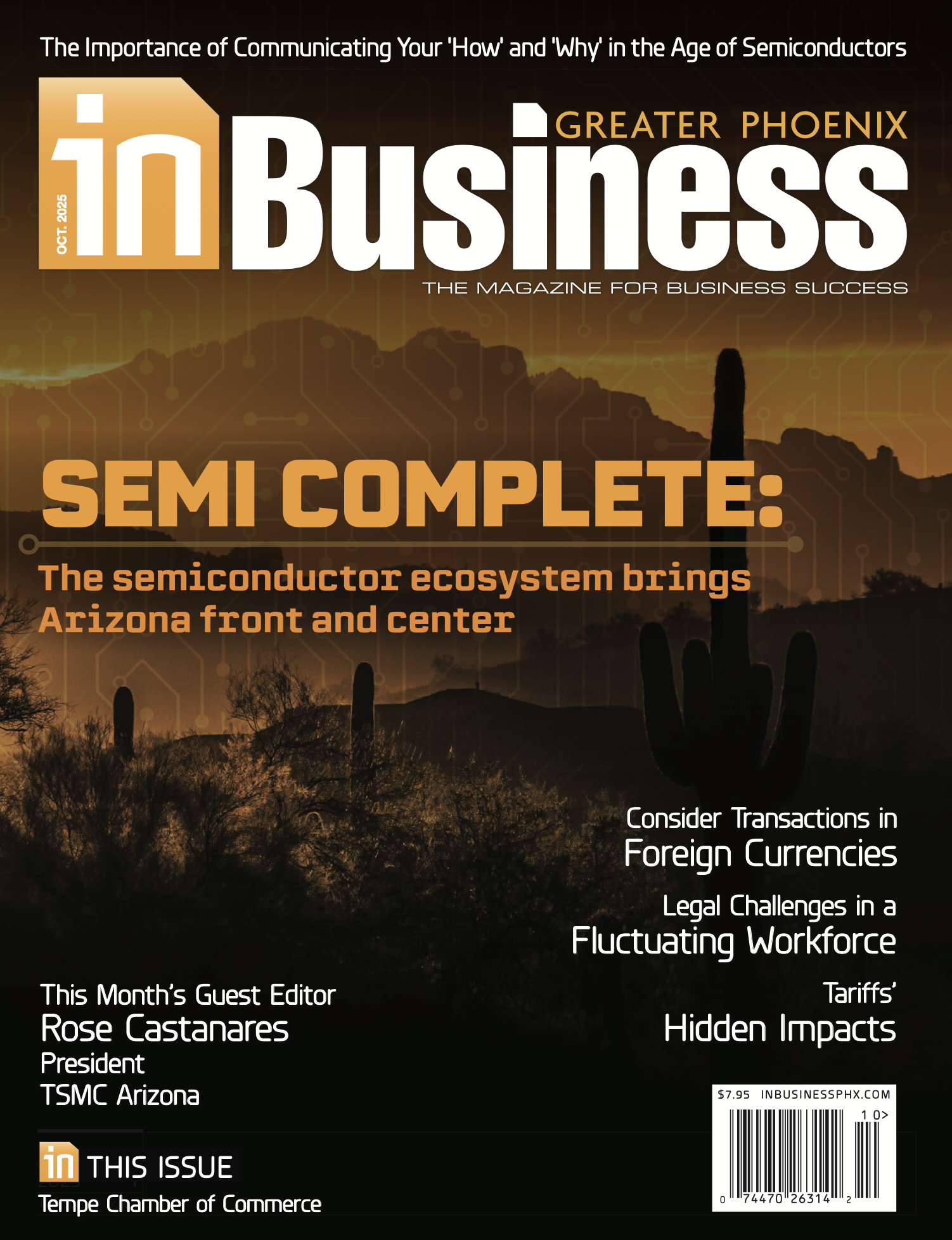
If there is one key takeaway for philanthropy professionals from 2020, it’s that they have to be prepared to pivot quickly. With COVID-19, social unrest, market volatility, the elections and natural disasters, it was a year like none other.
But even with the challenging landscape, there are professionals and institutions that were successful in sustaining and growing their fundraising performance. Many individuals and institutions still have money to donate, so continuing to ask for donations is imperative.
Successful fundraisers learned to adjust their priorities, and relied on proactive communications, effective financial management, and personalized prospect and donor relations. They adapted their cultivation and solicitation strategies to optimize fundraising performance. What they experienced shines a light on ways to enhance performance in 2021.
Antoinette Vojtech, executive director of principal gifts and campaign at Sacramento State University, determined that she and her fundraisers would not stop pursuing their goals in 2020. But they “paused” conversations with prospects and donors and shifted from in-person to Zoom meetings, depending on donor preference.
When Sacramento State operations went virtual in March, Vojtech quickly reached out to her top 25 prospects. “I said ‘thank you for everything you have done for the university, I recognize our current challenges and I hope to see you soon.’
“I didn’t stop pushing the pedal and moving conversations forward,” she says. “People are still giving and gift conversations with my prospects continue to happen.”
Vojtech reminds fundraisers to keep in mind that prospect and donor assets are changing. Donors are giving in more complex ways, says Vojtech. Donations are being made through donor advised funds, family foundations, closely held companies, conversions of assets and more. To accommodate their circumstances, she is applying a robust approach to structuring gift agreements.
Another change she has seen 2020 is an increase in unrestricted gifts. As reporting stipulations and controls are loosened, promoting and accepting these types of gifts allows university leadership to be nimble in meeting the needs of students.
Chevy Humphrey, the Hazel A. Hare president and CEO of the Arizona Science Center, immediately created an ecosystem of constant communication with constituents. Her tactics were: (1) Inform with transparency and accountability the staff, donors, partners and the public, to instill confidence in current and future operations; (2) tell how the Center is mitigating risk created by the pandemic; (3) reinforce the Center’s leadership in the local community and the global science center community; and (4) repeat.
In March 2020, all donors, staff and the public received consistent email communications followed by phone calls to donors and stakeholders to reinforce the email’s message. Monthly communication followed and Science Center fundraisers continued to make asks.
“In March and April, we actually raised about $3 million, just from those emails and phone calls, for a COVID-19 fund that provided support for the Science Center,” Humphrey says. “We’re continuing to have those conversations, and it’s spread throughout the organization,” including board members and staff communicating with donors.
Humphrey says donors and prospects want to know what the organization is doing and how they can help. They want to feel confident they are being informed about future plans. “Constant communication really pays off. It’s paying off right now especially during our annual fund campaign as well as our comprehensive campaign.” And, she adds, leadership matters. “Leaders must be consistent and visible, talking to donors in real time.”
At Eastern Washington University, Lisa Poplawski Lewis, associate vice president of philanthropy and campaign director, maintained her team’s financial goals and performance metrics during the pandemic. One change was to have fundraisers work to educate and incentivize prospects to consider non-cash opportunities.
“We had a lot of focus on cash giving in recent years, knowing that the market was doing well, that individuals and foundations still had money to give,” Poplawski says. But there was a definite shift in 2020.
“People tend to think more long-term about themselves and tend to update wills during times like this. We talked to them about their wills, asked them if Eastern was in it and, if not, would they consider including Eastern in their will.”
Lewis said her team was diligent about looking at new strategies, so that if there was a closed door in terms of cash gifts, they would be prepared to discuss the donor’s other assets.
Perhaps the most important point to remember from 2020 is the resiliency of philanthropy, as evidenced in the Giving USA historical trend. While the economy may experience dips, philanthropy tends to have a strong upward movement.
Lessons Learned:
- Proactive, continuous, “360” communications are a must.
- Continue personalized prospect and donor relations.
- Pivot and adapt strategies as needed and let donors and prospects help guide that shifted strategy.
- Adapt cultivation and solicitation practices and strategies accordingly.
- Continue to ask, and allow for a natural extension of the gift decision time.
- Other giving instruments may be critically important.
- Technology is here to stay. Be creative in using it.
Richard Tollefson is founder and president at The Phoenix Philanthropy Group, an Arizona-based international consulting firm serving nonprofit organizations as well as institutional and individual philanthropists.

















